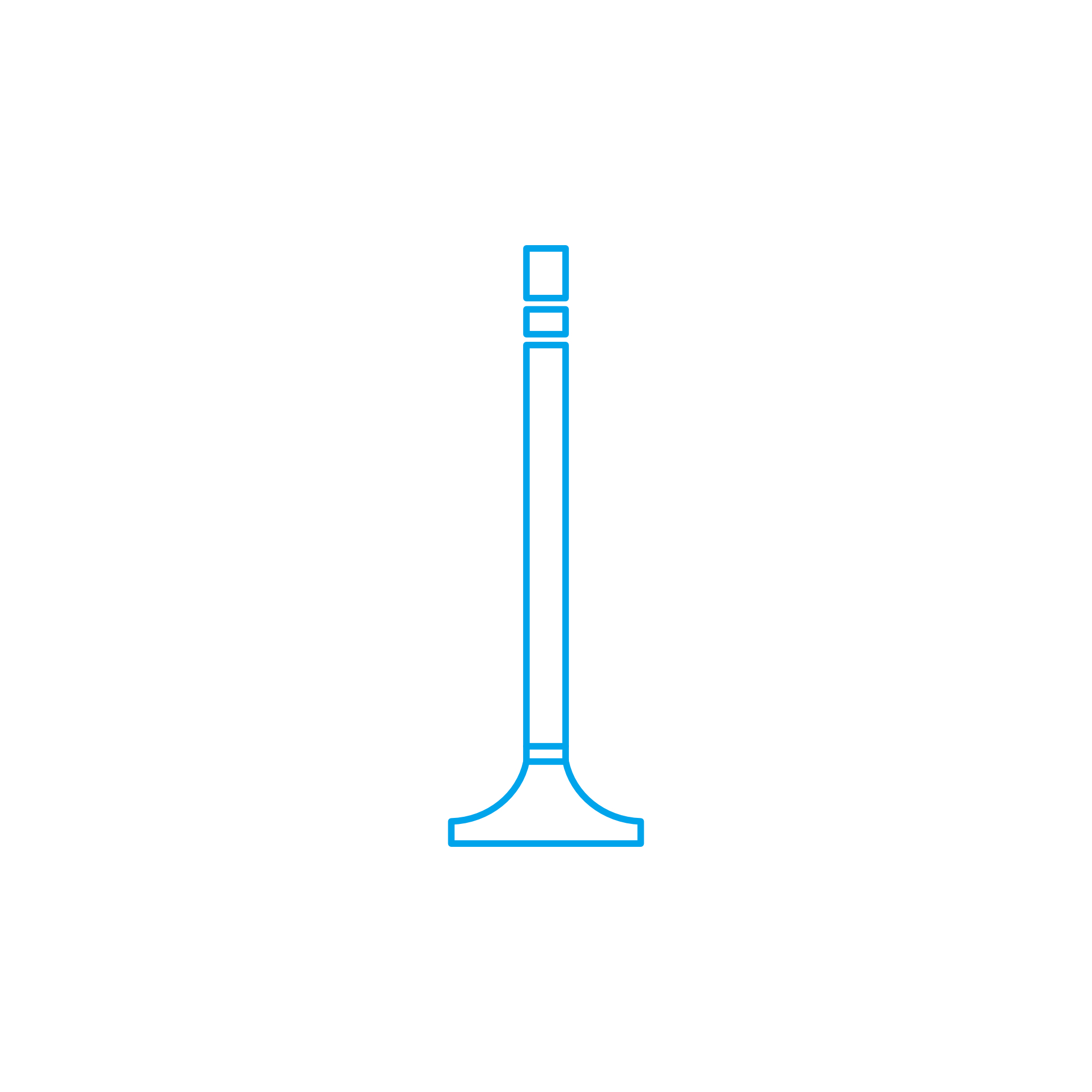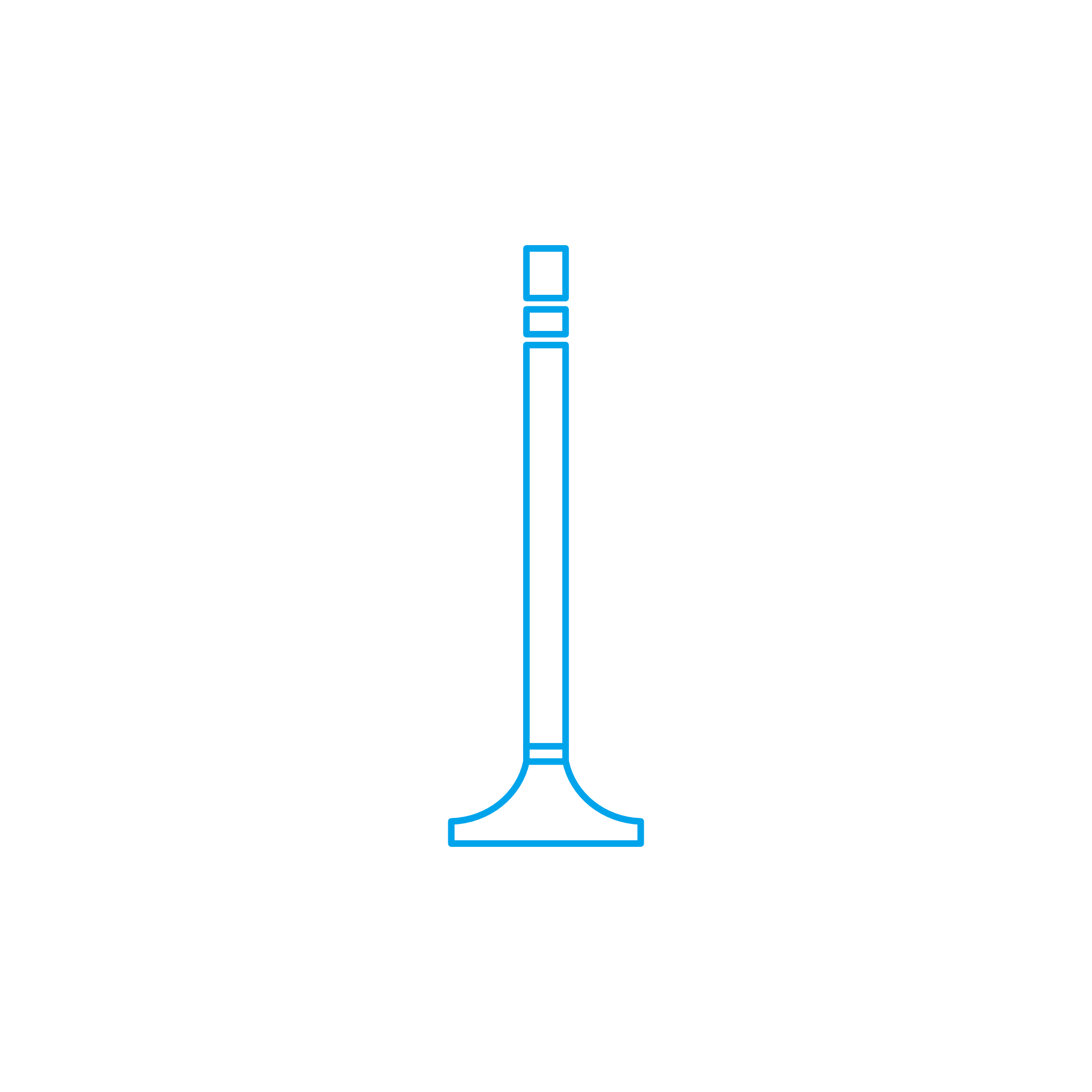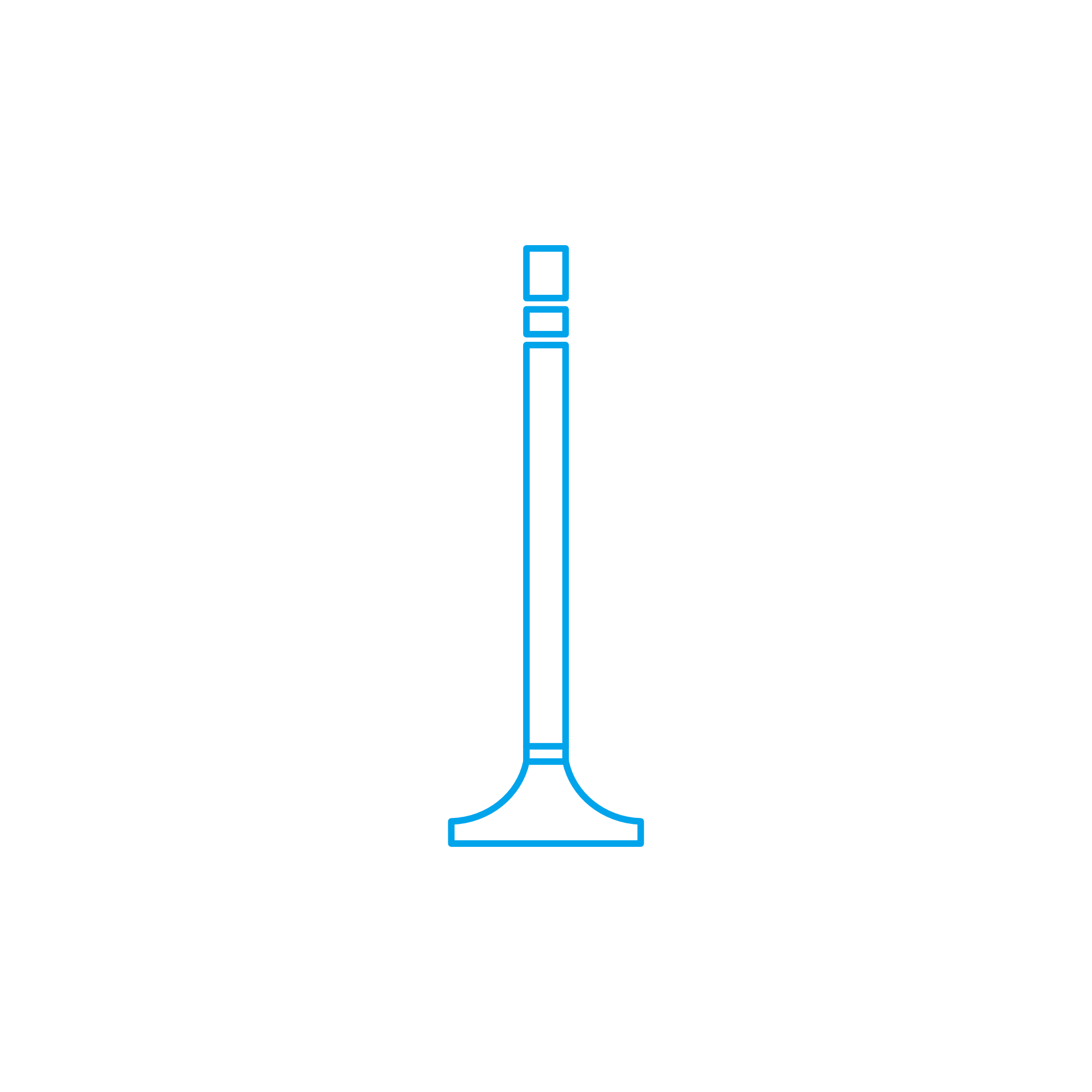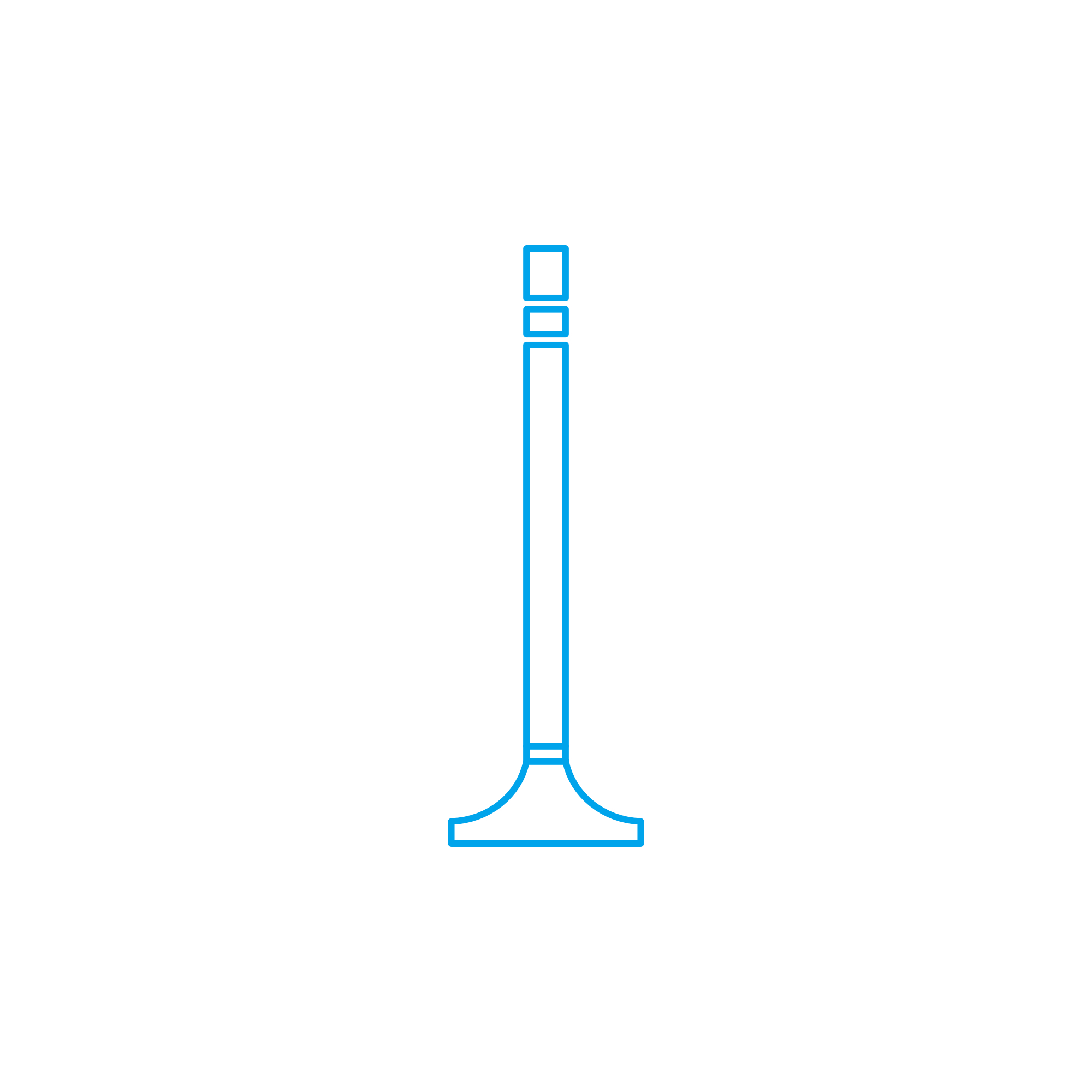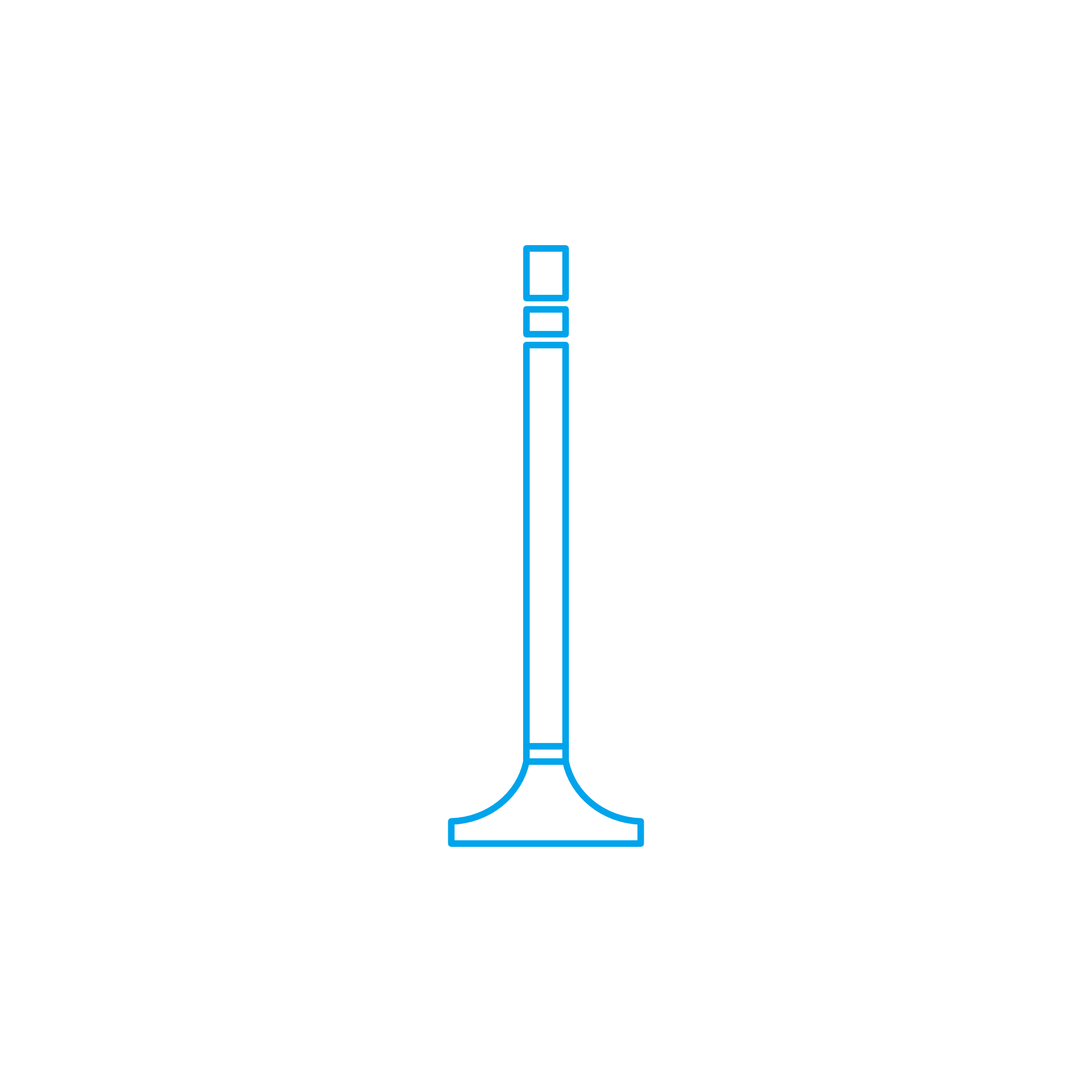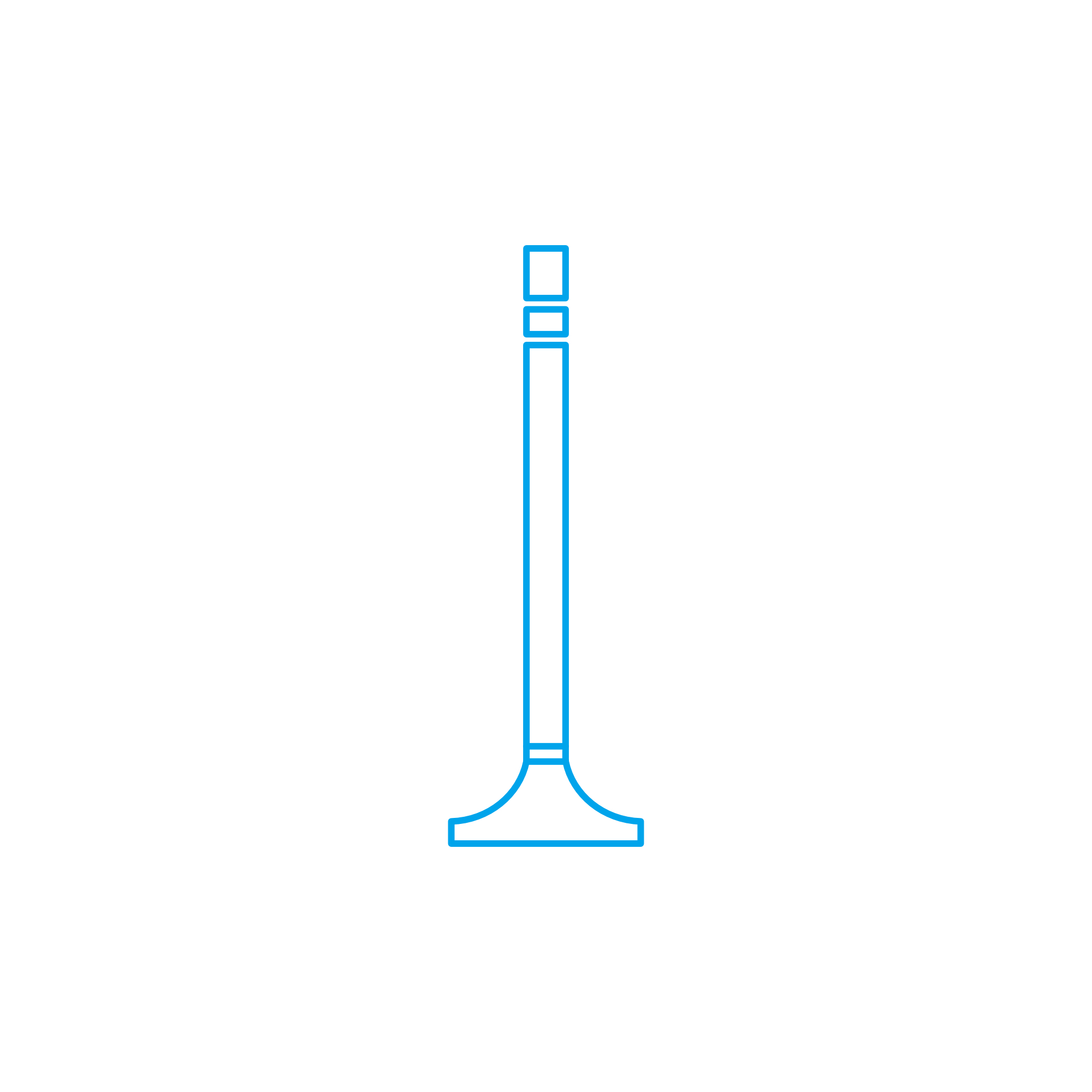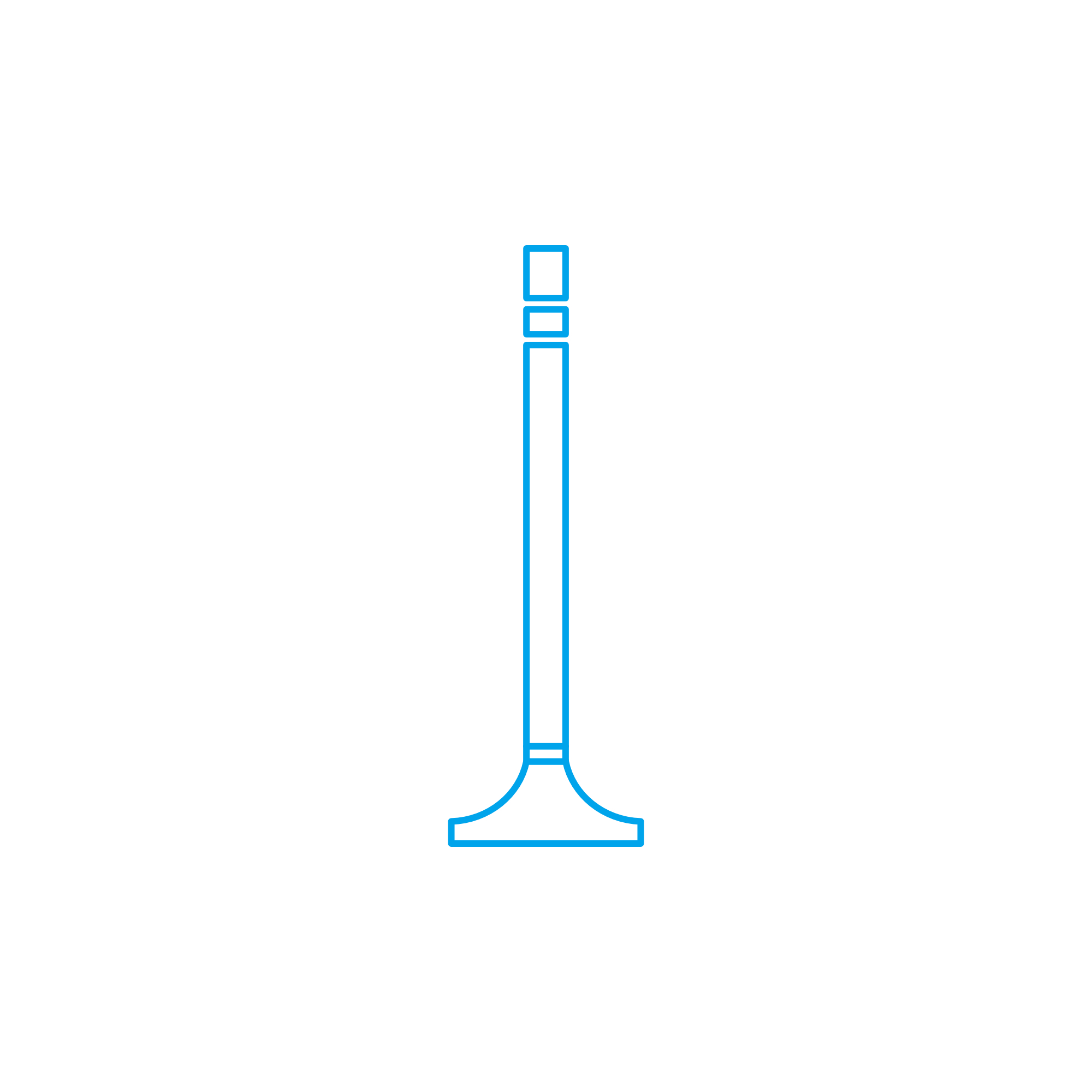ROLLER TAPPET valve train components for marine and diesel engines
Valve train components are the precision link between the camshaft and the combustion chamber. In heavy-duty diesel and gas applications—especially in a marine engine—these parts orchestrate intake and exhaust valve events, converting rotary cam motion into accurate linear valve lift. The category includes the cam follower (such as the ROLLER TAPPET), pushrods, rocker arms, valve bridges, guides, valves, and springs. Together, they control gas exchange, cylinder breathing, thermal stability, and ultimately the performance and fuel efficiency of the engine.
Where uptime and predictable lifecycle cost matter, valve train components must combine robust metallurgy, controlled surface finishes, and exact geometry. From medium-speed propulsion engines to high-speed gensets, the right cam follower design and valve gear configuration reduce friction losses, stabilize timing at high load, and protect critical parts like cam lobes and valve seats from premature wear.
Technical function: how valve train components and the ROLLER TAPPET work in a diesel engine
In a four-stroke diesel engine or gas engine, the camshaft defines the timing, lift, and duration of the valve events. The ROLLER TAPPET is a cam follower with a hardened roller that rides on the cam lobe, translating the lobe’s profile into motion with far less sliding friction than a flat tappet. In a marine engine, this reduction in boundary friction lowers oil temperature at the cam interface, improves mechanical efficiency, and allows the use of more aggressive cam profiles for improved cylinder filling and scavenging.
Technically, the ROLLER TAPPET assembly comprises a body (often guided to prevent rotation), a precision-ground roller, a hardened pin or axle, and a needle or cylindrical bearing. The bearing maintains low torque under load, while the roller-to-lobe pairing is engineered for compatible hardness and case depth, typically supported by micro-finished surfaces (e.g., Ra ≤ 0.2–0.4 μm). Correct geometry—roller diameter, offset, and follower height—preserves the cam designer’s intended lift curve, acceleration, and jerk limits, reducing stress in pushrods, rocker arms, and valve springs. In engines with hydraulic lash adjusters, the follower also stabilizes zero lash for quieter operation and consistent valve seating; in mechanical systems, precise lash retention is equally critical for timing accuracy.
By minimizing sliding contact, a ROLLER TAPPET diesel engine configuration reduces wear particles, protects the lubrication film at the nose of the cam, and distributes contact stress more evenly. The result is smoother operation, lower parasitic loss, and better durability of the entire valve train, from tappet yokes and guides to the valve bridge and stem.
- · Precise timing transmission from camshaft to valves.
- · Reduced friction and heat at the cam–follower interface.
- · Stable valve lift and duration across load and speed.
- · Optimized surface hardness and finish for long service life.
- · Robust bearing support for high contact loads.
- · Lower wear debris, cleaner oil, and extended component life.
- · Compatibility with diesel and gas engine valve gear layouts.
Importance for engine operation and service life
Valve train components are foundational for engine reliability. When the ROLLER TAPPET or related parts lose accuracy—through roller flat-spotting, bearing seizure, body guide wear, or cam lobe pitting—the consequences can be severe: valve timing drift, cylinder imbalance, elevated exhaust temperatures, and poor turbocharger matching. Fuel consumption rises as breathing efficiency falls, and emissions can increase due to compromised combustion stability.
Progressive wear may start as excess valve lash or audible ticking but can escalate to spalling on the cam lobe, broken needle bearings, or a stuck valve event. In worse cases, loss of valve control risks piston-to-valve contact and extensive secondary damage. Reliable, well-matched valve train components safeguard the camshaft, keep oil systems free of hard debris, and maintain predictable maintenance intervals—critical for vessel schedules and industrial power availability.
Advantages of OEM spare parts suitable for valve train components
Selecting OEM spare parts suitable for valve train components—especially ROLLER TAPPET OEM parts—preserves the engineered relationship between the cam profile, follower geometry, and the rest of the valve gear. Dimensional fidelity to drawing, proven heat treatment, and verified surface quality ensure that the follower radius, roller-pin hardness, bearing clearance, and overall stack height meet the diesel engine designer’s targets. This level of control protects performance and reduces the risk of premature cam and follower distress.
Beyond fit and finish, the metallurgy pairing between cam lobe and roller is decisive. OEM spare parts suitable for valve train components maintain correct case depth, residual compressive stress, and microstructure to resist micropitting and scuffing under mixed lubrication. Correct crown or profile on mating components, certified materials, and batch traceability support consistent results across cylinders and engines, protecting both budget and uptime by avoiding early replacements and unplanned stoppages.
For marine engine operators and plant managers, the outcome is tangible: stable valve events, lower parasitic losses, consistent cylinder performance, and longer service intervals—all while maintaining safety margins in high-load operation.
MOPA: your partner for OEM spare parts valve train components
MOPA supplies OEM spare parts suitable for valve train components with a focus on speed, quality, and security in the trade of OEM parts for diesel and gas engines. Our portfolio covers ROLLER TAPPET marine engine applications, rocker arms, pushrods, guides, and associated hardware, sourced to drawing-controlled specifications and supported by documentation for confident planning.
With responsive logistics, knowledgeable technical support, and reliable sourcing, MOPA helps purchasers and shipowners minimize downtime and keep critical equipment on schedule. From single-cylinder replacements to fleet-level provisioning, we align availability with your maintenance windows and performance targets.
Conclusion
Valve train components are the mechanical core of precise timing and durable performance. The ROLLER TAPPET is central to reducing friction, protecting the camshaft, and sustaining efficiency in diesel and marine engine environments. Choosing OEM spare parts suitable for valve train components preserves engineered geometry and materials, extending service life and safeguarding your operating budget.

